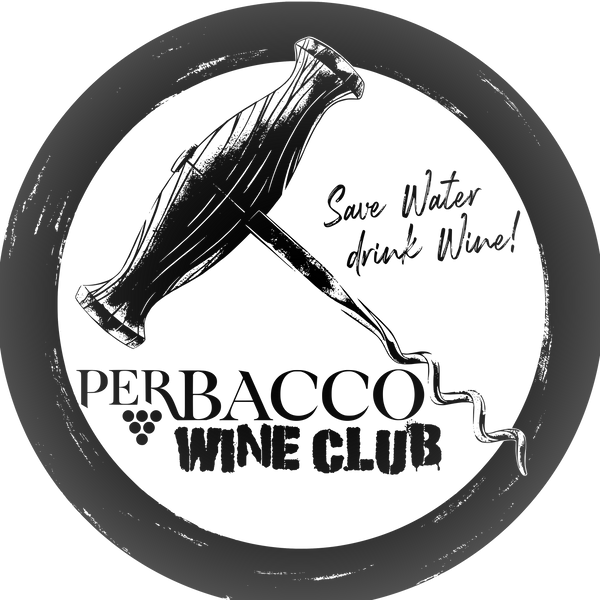#brunellodimontalcino #brunello #sangiovese #winefolly #winelovers #vintagewines
Ciao Guys,
today I'll talk about Brunello di Montalcino, this fantastic 100% Sangiovese wine from Montalcino: this is the Sangiovese that most wine critics cite to be the best in all of Italy. Whether or not it is the best is entirely up to you, but it’s one of those wines to know and perhaps try… at least once in your life.
Brunello di Montalcino is made with a local Tuscan type of Sangiovese called Brunello. It’s noted for having thicker-skinned berries and, because of this, Brunello produces wines with exceptionally bold fruit flavors, high tannin, and high acidity. The fruit is a highlight to the enduring popularity of Brunello di Montalcino, but it’s the tannins and acidity that extend the life of this wine so it reaches perfection a decade or more later. It’s worth the wait.
It's story: this glorious wine has its origin in the early 14th Century but its modern version has been released in 1888 when Mr Ferruccio Biondi-Santi selected the clone of Sangiovese, named Brunello for its brown-ish color, and decided to make a high end wine that would compare with more popular French wines. Some of the bottles from 1888 Brunello Biondi Santi Riserva are still in the cellar of the estate: I have met a very lucky person that has tasted this wine and he told me that it has been a mind-blowing experience!
Since Mr Ferruccio Biondi Santi re-invented Brunello as a wine, Banfi family has invented Brunello as a brand, giving an incredible contribution to the fame of the wine in the whole globe...The 2 wineries are now the leading figures of the 2 styles for Brunello:

Brunello di Montalcino is required to be aged for a minimum of 5 years prior to release (6 for Riserva bottlings). In most Brunello, you’ll start to notice 2 schools of thought used for the aging routine with Brunello di Montalcino wines:
Traditional Method: Some producers prefer the more traditional method of using more large well-used Slavonian oak barrels (called botte from northeastern Croatia) that impart very little oak lactones into the wine and are used simply as vessels to encourage tertiary flavor development through oxygen exposure. Wines develop more dried fruit, leather and flower flavors and have a long aging potential.
Modern Method: Borrowing innovations from France in Bordeaux, some producers use more new, smaller French barrels (called barriques) that impart more oak lactones into the wine and encourage the development of black fruit, chocolate, brown sugar and vanilla flavors. Because oxygen exposure is increased due to oak-to-wine surface area, you can expect modern method Montalcino wines will often be ready to drink sooner than traditional method wines.
Young Brunello VS Old Brunello
Young Brunello: Imagine a smart, somewhat cocky, flamboyant, young brunette–this is young Brunello. Wines are packed with fruit and flower flavors including cherries, dried cranberry, wild strawberry, blackberry, violets, potpourri and licorice. When you taste it, Brunello di Montalcino exudes earthy notes of espresso and tilled soil along with mouth-gripping tannins. It’s a bold wine, but because of the high acidity it ends on a tart, astringent note that will have you licking the insides of your mouth. This astringency is why most reviews suggest a drink-by window several years after its release date.
Old Brunello: Now that the wine has aged and been softened by time, our Brunello is more ravishing than ever. With 10+ years of age, Brunello di Montalcino drops the fresh fruit flavors to reveal sweeter notes of dried figs, candied cherries, hazelnuts, and sun-baked leather. The tannins turn chocolatey and the acidity is succulent. I haven’t met anyone drinking perfectly aged Brunello that doesn’t think it’s fantastic.
Vintages and a note about variation
Classic aged Brunello (like mentioned above) doesn’t come along every year. It happens only during a perfect ripening season (not too hot, not too cold). In the last 20 years, we’ve seen about 8 outstanding vintages:
Great Italian Sangiovese Vintages
- 2015 A very well balanced vintage offering explosive red cherry fruit, balanced tannins and acidity. This vintage will age for well over 10 years and make sure you age it for at least 8.
- 2012 An outstanding vintage according to Consorzio Brunello di Montalcino.
- 2010 A fantastic bold fruit vintage offering flavors in both the red and black fruit spectrum with massive tannins. Wines from this vintage should start tasting awesome around 2018–2025
- 2007 An outstanding vintage according to Consorzio Brunello di Montalcino.
- 2006 Another bold fruit vintage that’s been ready to drink since 2015
- 2004 A great vintage to seek out now
- 2001 Wines from this vintage are heading towards more tertiary fruit development from exceptional producers who focus on more age-worthy wines. Think figs, hazelnuts, stewed cherries.
- 1997 Wines will have more tertiary flavors (nutty flavors, dried fruit and flower notes) from exceptional producers.
NOTE: You’ll find better pricing on the lesser-loved vintages. Just pay attention to tasting notes where the fruit isn’t too ripe and overblown with licorice/balsamic flavors. Brunello designed for aging should have lots of red fruit flavors and high acidity–the hallmarks of age-worthiness.

Much credit for the article and the slides goes to Wine Folly

